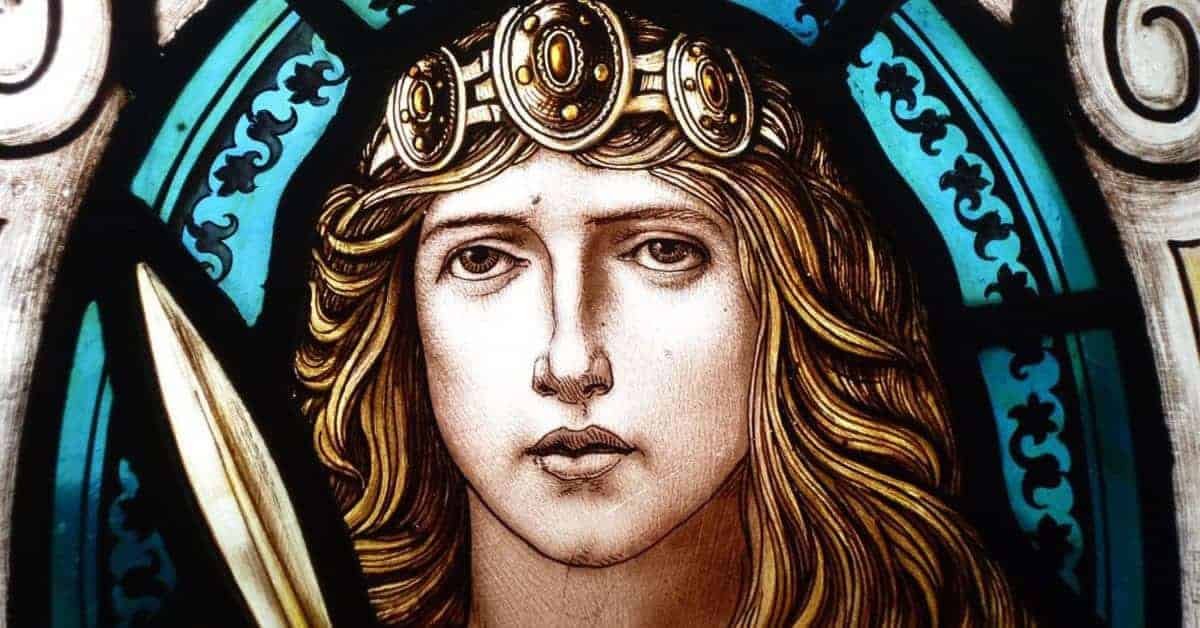On the north side of London’s Westminster Bridge stands a great nineteenth-century sculpture: “Boadicea and Her Daughters“. The embodiment of triumphant victory, it portrays the fearsome Iceni queen mounted on a scythed chariot, her spear aloft. With her stature and expression, she at once strikes the figure of unbridled feminine rage, Amazonian militarism and fierce maternal protection. At one point or another over the long course of her mythologization, she has come to represent all of these things.
According to the ancient sources—more on these a little later—Boudica was the wife of Prasutagus, the king of the Iceni; a Celtic tribe from modern-day East Anglia. When Prasutagus died in 60 AD, he left half of his estate to his two prepubescent daughters, and half to the emperor Nero (this was common practice under bad emperors as it could hedge against them decided to take everything). However, the Roman administration ignored Prasutagus’s bequest and claimed everything for the empire. In Tacitus’s version, centurions ravaged his lands while Roman slaves pillaged his property, flogged his widow Boudica, and raped his daughters.
Even for Roman standards, this treatment was abhorrent, especially considering that, through their relation to Prasutagus, Boudica and her daughters were most likely Roman citizens. To avenge this wrong Boudica rallied the Iceni, the Trinovantes and a number of other British tribes, and started a revolt.

She moved first on Camulodonum, modern-day Colchester. It lacked a single fortification, so taking and sacking the town—along with its despised Temple of Claudius—wasn’t too difficult. Nor was massacring its inhabitants, who consisted primarily of retired Roman veterans and native pro-Roman sycophants.
From there they moved on to Londinium, modern-day London. It had briefly been garrisoned by a small Roman army under the command of Suetonius Paulinus who, upon hearing of the revolt, had marched down from where he’d been stationed in Anglesey. But realizing his forces were inadequate for the task at hand he retreated from the city before the arrival of Boudica’s army. Her army completely destroyed Londinium, along with the town of Verulamium, modern-day St. Albans, burning them both to the ground and killing them indiscriminately.
If we believe the ancient figures, the total death toll of both Britons and Romans alike were staggering: some 70,000 – 80,000 dead. More than the numbers though were the ways they were murdered. Noblewomen were hanged upside-down and their breasts cut off and sewn inside their mouths before being killed, impaled on sharp stakes that penetrated the length of their bodies.
This was a grave affront to the cohesion of the Roman Empire, and it was imperative that the revolt be crushed immediately. The man entrusted with this task was Suetonius Paulinus who, with his heavily outnumbered Legio IX Hispania, met Boudica’s army (modern archaeologists think somewhere in the West Midlands near Rugby) in 60 or 61 AD.

